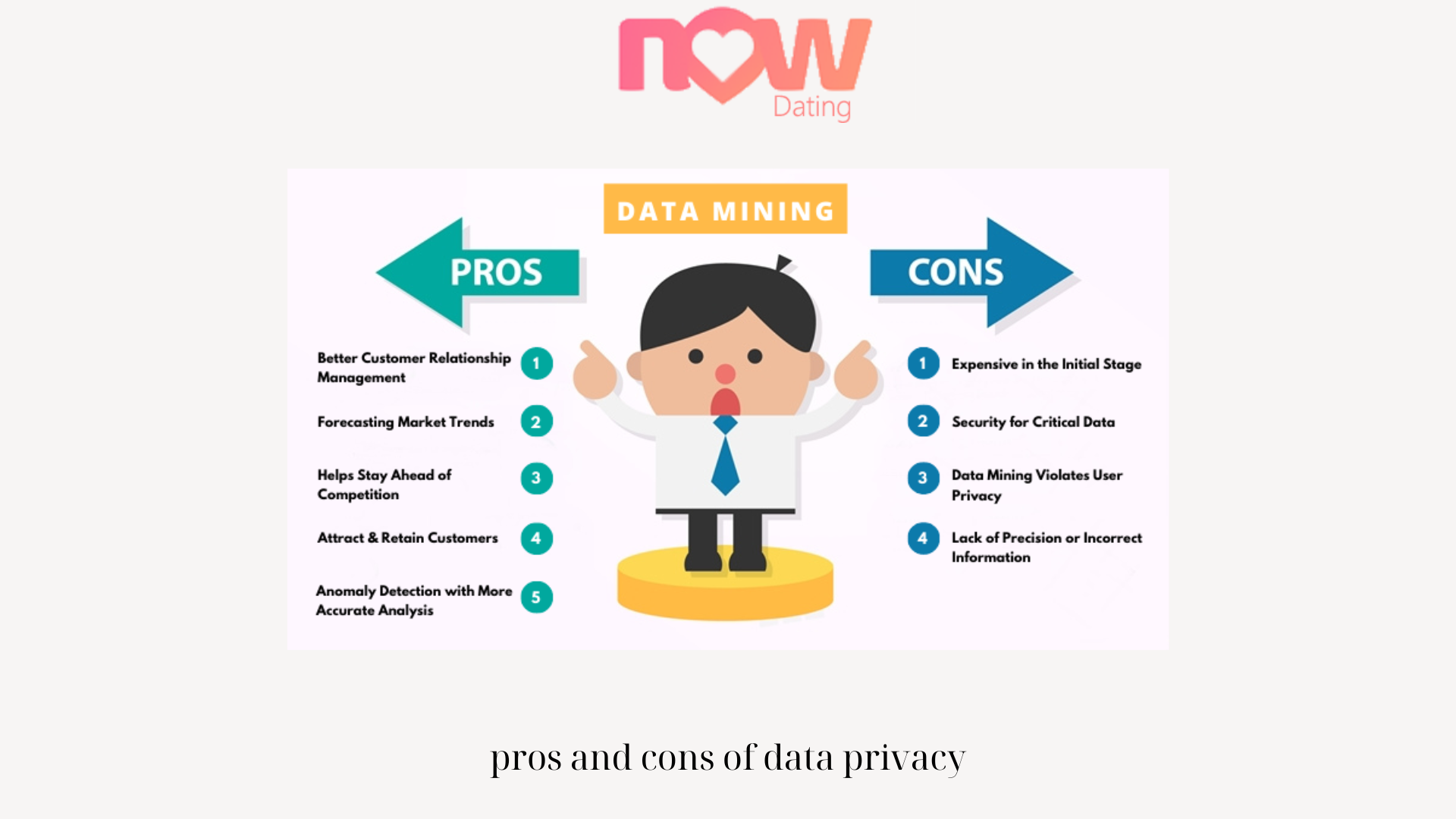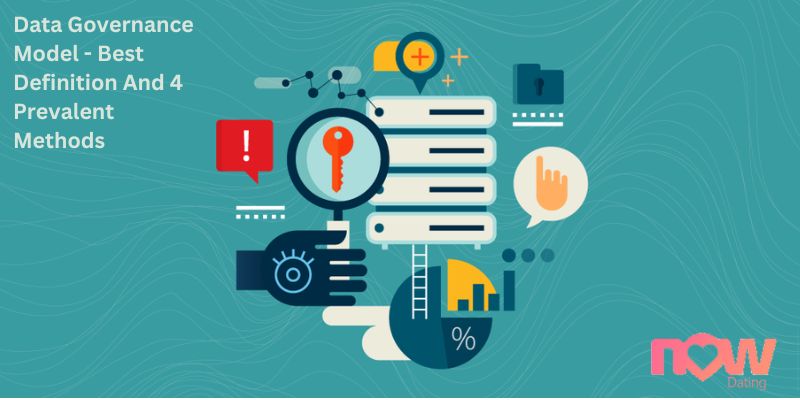Data Governance Model: Establishing Effective Data Management
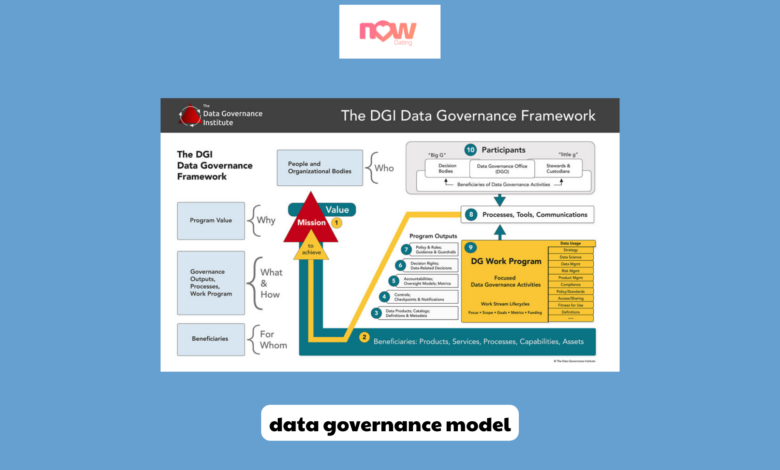
In today’s data-driven world, organizations of all sizes are faced with the challenge of managing and protecting their data effectively. With the exponential growth of data and the increasing complexity of regulatory requirements, having a robust data governance model in place is crucial. A data governance model provides a framework for the management, protection, and utilization of data assets within an organization. In this article, Qule.info will explore the importance of a data governance model and discuss key steps to establish effective data management.
Data Governance Model: Establishing Effective Data Management
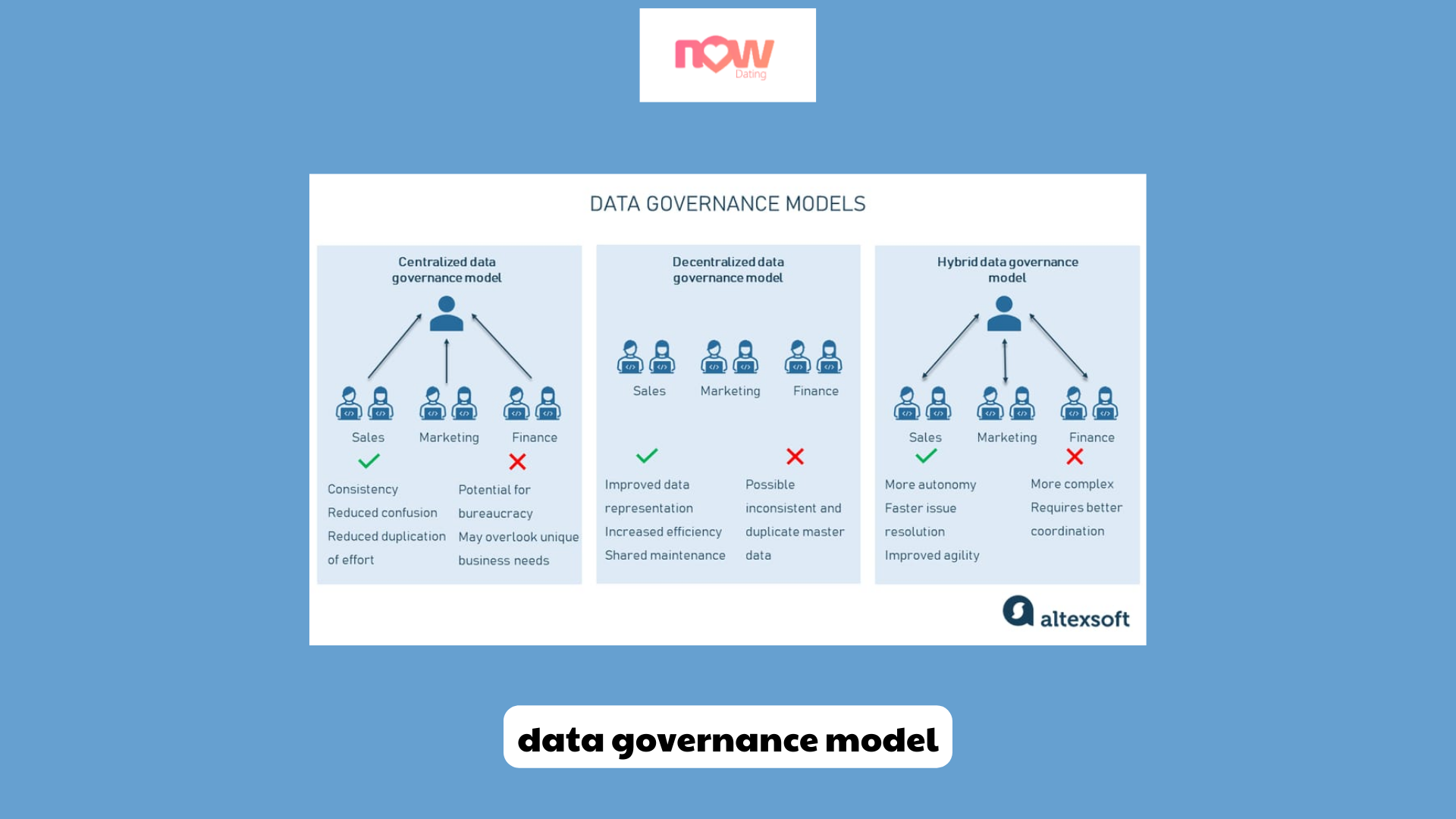
- Understanding Data Governance:
Data governance refers to the overall management and control of an organization’s data assets. It encompasses the policies, processes, and procedures that ensure data quality, integrity, security, and compliance. A data governance model serves as a blueprint for implementing and enforcing these practices consistently across the organization. It defines roles, responsibilities, and accountability to ensure that data is managed effectively from its creation to its deletion or archival. - The Importance of Data Governance Model:
Implementing a data governance model is essential for several reasons. Firstly, it helps organizations establish a single source of truth by ensuring data consistency and accuracy. This is particularly important when dealing with multiple data sources and systems within an organization. A data governance model facilitates data standardization and establishes data quality rules, reducing inconsistencies and discrepancies.
Secondly, a data governance model promotes data integrity and security. It helps organizations establish controls and procedures to prevent unauthorized access, data breaches, and data loss. By defining data ownership and access rights, organizations can ensure that sensitive data is protected and comply with regulatory requirements such as the General Data Protection Regulation (GDPR) or the Health Insurance Portability and Accountability Act (HIPAA).
Thirdly, a data governance model facilitates effective data management. It provides guidelines for data lifecycle management, including data creation, storage, usage, and retention. By defining data management processes and procedures, organizations can optimize data utilization, minimize redundancy, and reduce storage costs. This, in turn, improves data efficiency and supports better decision-making.
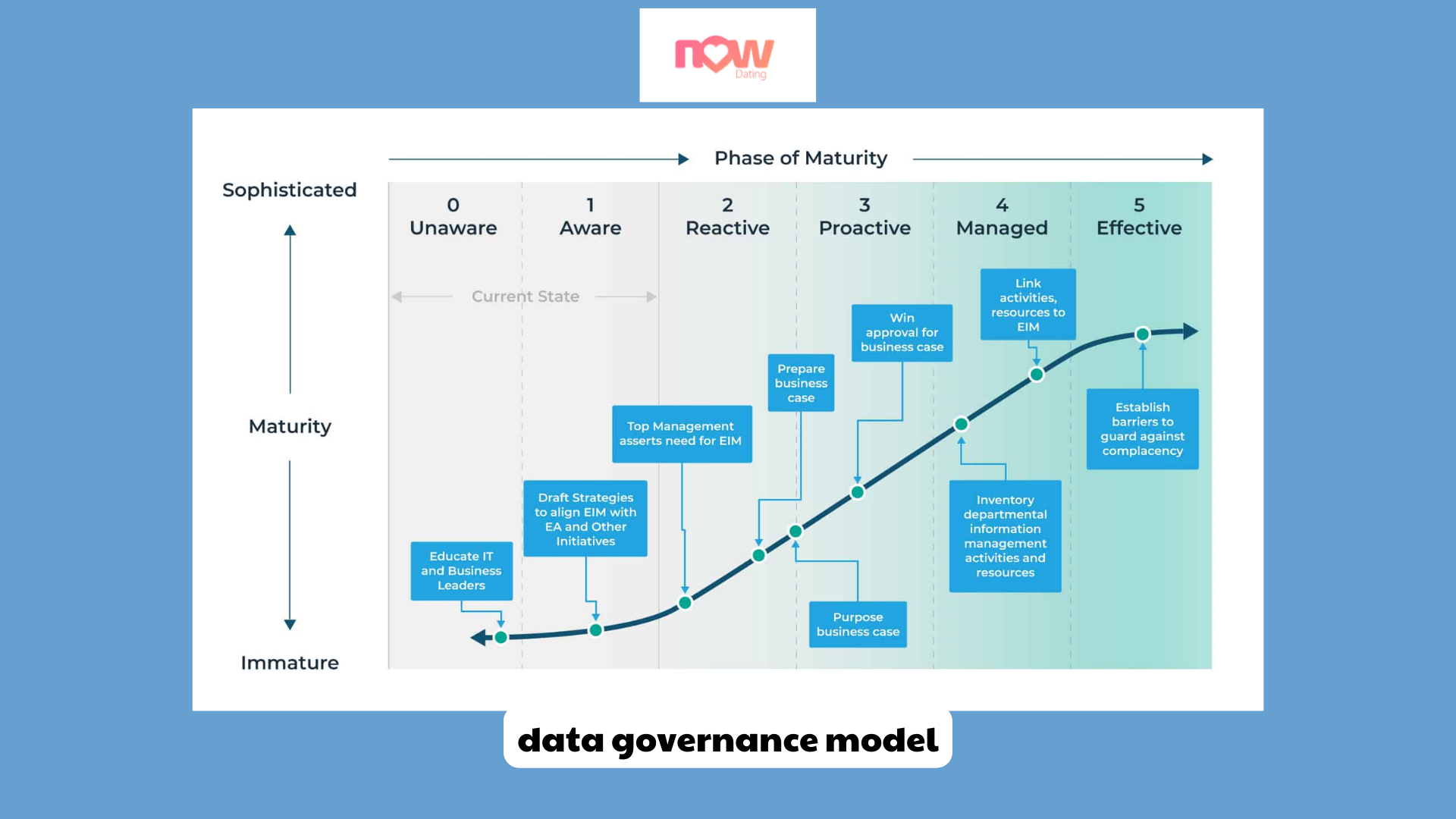
- Key Components of a Data Governance Model:
To establish an effective data governance model, several key components need to be considered:
a. Data Governance Framework: A data governance framework outlines the structure, processes, and policies of the data governance program. It defines the roles and responsibilities of data stewards, data owners, and other stakeholders involved in data management.
b. Data Policies and Standards: Data policies and standards establish guidelines for data management, including data quality requirements, data classification, data security protocols, and data retention policies. These policies ensure consistency and compliance across the organization.
c. Data Stewardship: Data stewards are responsible for managing and overseeing data assets within the organization. They ensure data quality, resolve data-related issues, and enforce data governance policies and standards.
d. Data Quality Management: Data quality management involves processes and procedures to assess, monitor, and improve the quality of data. It includes data profiling, data cleansing, data validation, and data integration to ensure that data meets predefined quality criteria.
e. Data Security and Privacy: Data security and privacy measures protect sensitive and confidential data from unauthorized access, breaches, and misuse. This includes implementing access controls, encryption, data masking, and anonymization techniques.
f. Data Lifecycle Management: Data lifecycle management defines how data is created, stored, used, and retired within the organization. It includes data archiving, purging, and backup strategies to optimize data storage and ensure compliance with legal and regulatory requirements.
- Establishing an Effective Data Governance Model:
To establish an effective data governance model, organizations should consider the following steps:
a. Define Objectives and Scope: Clearly define the objectives and scope of your data governance initiative. Identify the key areas of focus, such as data quality, data security, or regulatory compliance, based on your organization’s needs and priorities.
b. Form a Data Governance Team: Establish a dedicated team responsible for designing, implementing, and managing the data governance model. This team should include representatives from various departments, including IT, legal, compliance, and business units.
c. Identify Data Stewards and Data Owners: Assign data stewards and data owners who will be responsible for specific data domains. Data stewards are accountable for data quality, while data owners have overall responsibility for the data within their respective domains.
d. Assess Current State and Identify Gaps: Conduct a thorough assessment of your organization’s current data management practices. Identify gaps, challenges, and opportunities for improvement. This assessment will serve as a baseline for developing your data governance model.
e. Develop Data Policies and Standards: Create data policies and standards that align with your organization’s objectives and regulatory requirements. These policies should cover data quality, data security, data privacy, and other relevant aspects of data management.
f. Establish Data Governance Processes: Define processes and workflows for data governance activities, such as data profiling, data cleansing, data classification, and data access controls. These processes should be documented and communicated across the organization.
g. Implement Data Governance Tools: Invest in data governance tools and technologies that supportthe implementation and enforcement of your data governance model. These tools can help automate data management processes, track data lineage, and provide visibility into data quality and security metrics.
h. Educate and Train Employees: Conduct training and awareness programs to educate employees about the importance of data governance and their roles and responsibilities in data management. It is crucial to foster a data-driven culture and ensure that employees understand and adhere to data governance policies and practices.
i. Monitor and Measure Data Governance: Implement mechanisms to monitor and measure the effectiveness of your data governance model. Regularly assess data quality, data security, and compliance metrics to identify areas for improvement and address any issues promptly.
j. Continuously Improve: Data governance is an ongoing process that requires continuous improvement and adaptation to changing business needs and technological advancements. Regularly review and update your data governance model to ensure it remains relevant and aligned with your organization’s goals.
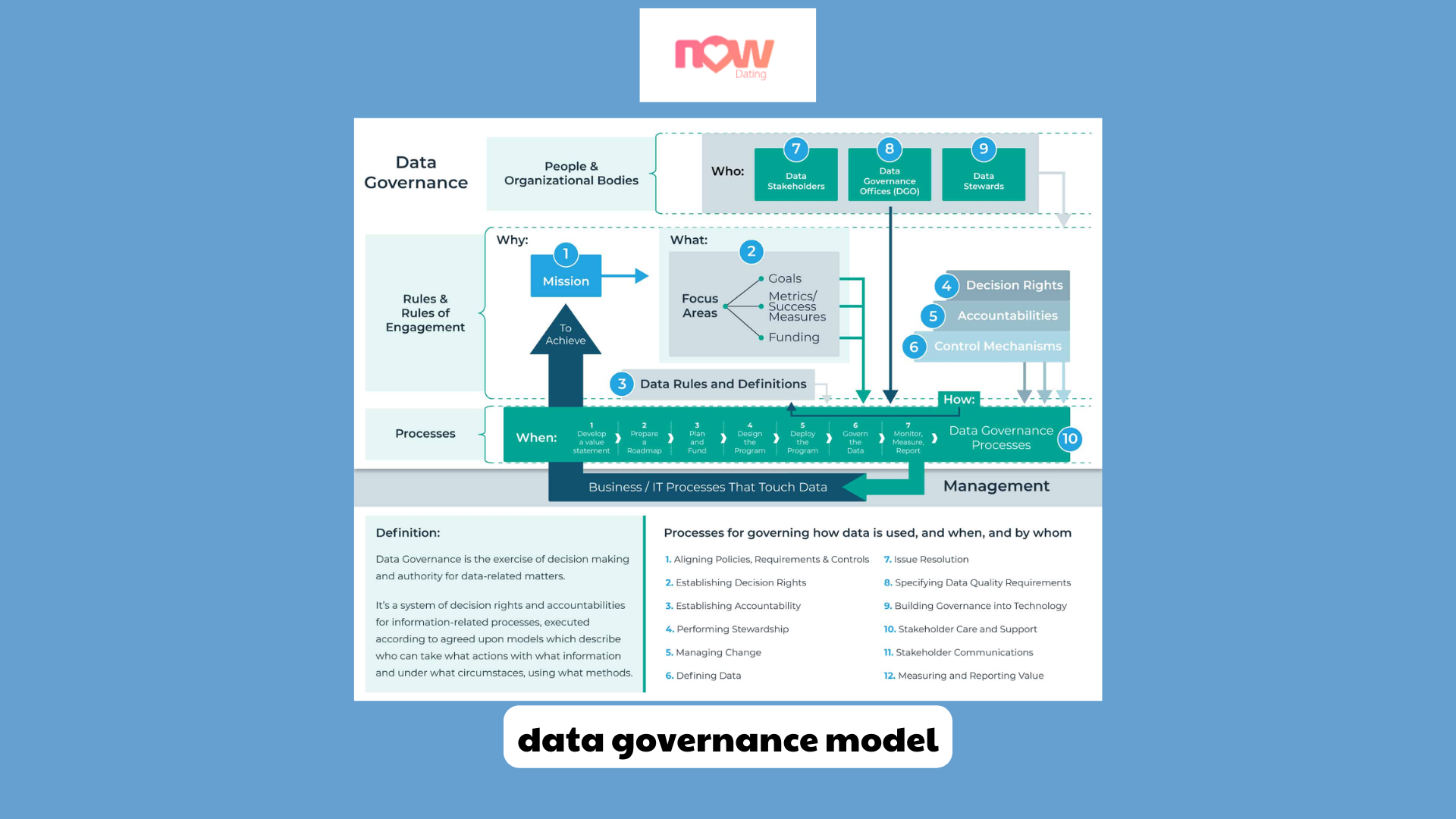
- Benefits of an Effective Data Governance Model:
Implementing an effective data governance model can yield numerous benefits for organizations, including:
a. Improved Data Quality: A data governance model ensures data consistency, accuracy, and reliability, leading to better decision-making and improved operational efficiency.
b. Enhanced Data Security: By implementing data governance practices, organizations can protect sensitive data, minimize the risk of data breaches, and ensure compliance with data protection regulations.
c. Increased Regulatory Compliance: A data governance model helps organizations meet regulatory requirements by implementing data management practices that ensure data privacy, security, and integrity.
d. Better Data Utilization: With a well-defined data governance model, organizations can optimize data utilization, improve data sharing and collaboration, and derive valuable insights from their data assets.
e. Reduced Data-Related Costs: Effective data governance minimizes data redundancy, improves data storage efficiency, and reduces costs associated with data management and compliance.
f. Enhanced Stakeholder Trust: A robust data governance model instills confidence in stakeholders, including customers, partners, and regulatory bodies, regarding an organization’s data management practices.
g. Facilitated Digital Transformation: Data governance is a critical enabler of digital transformation initiatives. By establishing effective data management practices, organizations can leverage their data assets to drive innovation and gain a competitive edge.
- Case Study: XYZ Corporation’s Data Governance Model:
Let’s consider a hypothetical case study of XYZ Corporation, a multinational organization, to illustrate the implementation of a data governance model.
XYZ Corporation recognized the need to establish a data governance model to overcome data management challenges and improve data quality and security. They formed a dedicated data governance team consisting of representatives from IT, legal, compliance, and business units. The team conducted a thorough assessment of the organization’s current data management practices and identified gaps in data quality, data security, and compliance.
Based on their assessment, XYZ Corporation developed a comprehensive data governance framework that defined roles, responsibilities, and processes for data management. They appointed data stewards and data owners for each data domain and established data policies and standards aligned with regulatory requirements.
To implement their data governance model, XYZ Corporation invested in data governance tools that automated data quality checks, enforced data access controls, and provided visibility into data lineage. They conducted training sessions to educate employees about data governance and established regular monitoring and measurement mechanisms to track data quality, security, and compliance metrics.
As a result of implementing their data governance model, XYZ Corporation experienced significant improvements in data quality, data security, and regulatory compliance. They were able to make more informed decisions based on reliable and consistent data. Data-related costs decreased as redundant data was eliminated, and data storage efficiency improved. Stakeholders gained confidence in XYZ Corporation’s data management practices, leading to enhanced trust and stronger partnerships.
In conclusion, establishing an effective data governance model is essential for organizations to manage their data assets successfully. A well-designed data governance model ensures data quality, integrity, security, and compliance while enabling organizations to leverage their data for better decision-making and innovation. By following the key steps outlined in this article, organizations can establish a solid foundation for effective data management and lay the groundwork for future success in the data-driven era.
Conclusion: So above is the Data Governance Model: Establishing Effective Data Management article. Hopefully with this article you can help you in life, always follow and read our good articles on the website: qule.info


